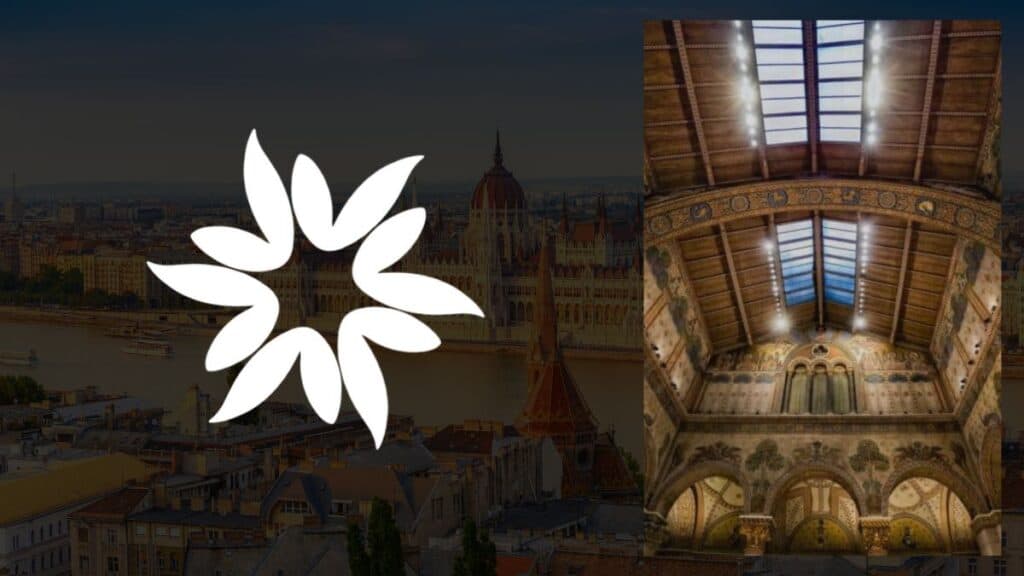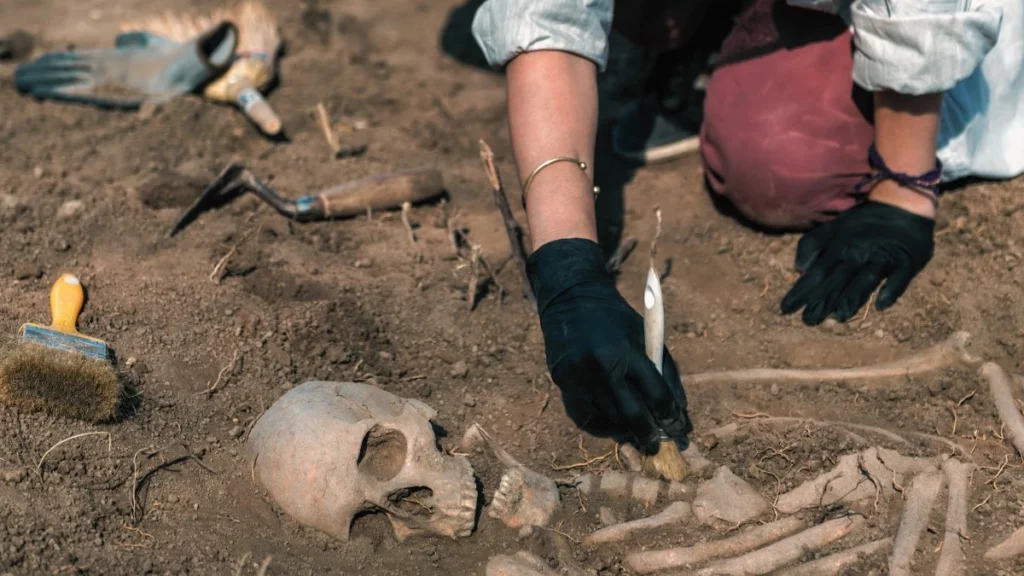Explore the complex legacy of Pablo Picasso, examining his art and personal life 50 years after his death. Delve into debates surrounding his character and contributions to modern art.
Key Takeaways
- Exhibitions worldwide, including at the Gagosian Gallery in New York and the Museum of Modern Art, showcase Picasso's diverse works on the 50th anniversary of his death.
- Debates arise about Picasso's personal life, particularly his treatment of women, amidst a broader cultural reevaluation.
- His painting "Femme à la Montre" sold for $139.4 million at Sotheby's, highlighting his enduring influence in the art market.
Global Exhibitions: Celebrating Picasso’s Artistic Diversity
Last month, the Gagosian Gallery in New York opened a significant exhibition of Pablo Picasso’s works, marking one of the nearly 50 global shows commemorating the 50th anniversary of the artist’s death. These exhibitions, ranging from sculptures in Spain to landscapes in Mississippi, offer a comprehensive look at Picasso’s vast artistic range. The Museum of Modern Art in New York notably explores works from a pivotal summer in Picasso’s career, illustrating his profound impact on modern art.
Picasso’s Market Influence and the #MeToo Reappraisal
In a recent auction at Sotheby’s, Picasso’s “Femme à la Montre” fetched an astounding $139.4 million, underscoring his continued dominance in the art market. However, this commercial success is juxtaposed against a critical reevaluation of Picasso’s personal life, particularly in the context of the #MeToo movement. The Brooklyn Museum’s comment, “It’s Pablo-matic,” encapsulates this shifting perspective, prompting a nuanced discussion about the intersection of an artist’s personal conduct and their artistic legacy.
Art critic Deborah Solomon, in her New York Times column, ignites a conversation on whether Picasso’s portrayal of women in his art and his personal relationships should influence our interpretation of his work. Solomon appreciates the artistic depiction of women but acknowledges the problematic aspects of Picasso’s personal life, calling him a “raging chauvinist.”
Personal Testimonies: Insights into Picasso’s Life
Picasso’s complex relationships with women are highlighted through various accounts. His first wife, Olga Khokhlova, and subsequent lovers, including Marie-Thérèse Walter and Dora Maar, experienced tumultuous relationships with him, with Maar needing shock therapy post-breakup. His daughter, Paloma Picasso, reflects on her father’s life, acknowledging his faults but also criticizing the exaggeration of his character in the post-#MeToo era.
Mickalene Thomas, an artist inspired by Picasso, acknowledges his problematic personality while still valuing his artistic contributions. This sentiment is echoed by Solomon, who urges a broader perspective on Picasso’s art, transcending the current cultural moment.
Picasso’s Artistic Legacy and Critical Reception
Picasso’s death 50 years ago left a complex legacy that continues to provoke debate. His diverse artistic phases, from Blue and Pink periods to Cubism and surrealism, demonstrate his unparalleled versatility. Critics and artists alike grapple with the relationship between Picasso’s personal character and his artistic output, with some seeing a narrow emotional range in his work, while others admire his endless source of ideas and inspiration.
Picasso’s artistic experimentation and transformative approach to traditional art forms have left an indelible mark on modern art. Despite the controversies surrounding his personal life, his work remains a subject of admiration and study, offering a window into the multifaceted nature of human creativity and expression.
Pablo Picasso’s death 50 years ago left a complicated legacy. His artistic genius is undeniable, influencing countless artists and altering the course of modern art. Yet, his personal life and character continue to provoke debate, challenging us to reconcile his artistic brilliance with his flawed humanity.








